
Extraordinary Women Attained Freedom
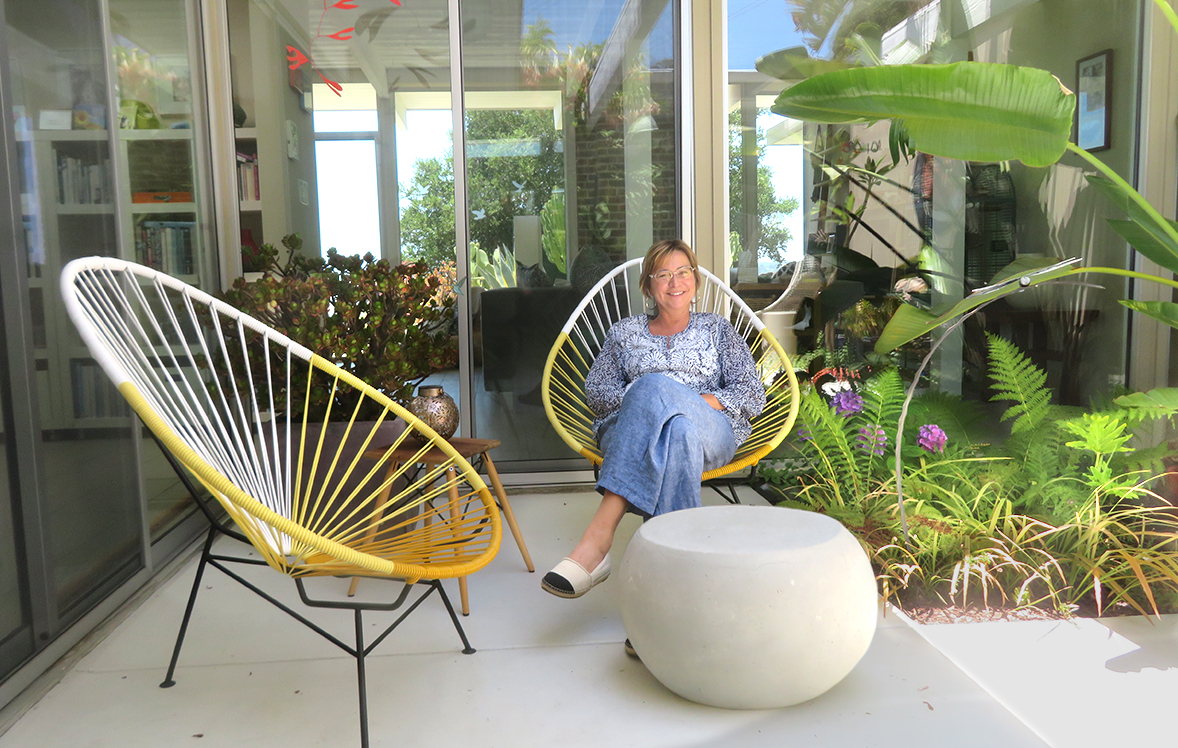 |
While perusing Eichler Network’s blog post some months ago, Sabine Huensch was intrigued to see a post based on a thesis by a German man who, like herself, attended the Technical University Munich.
She read the post, clicked through to the academic paper that inspired it, ‘Gender Equality in Suburbia and Eichler Homes,’ and had a strong and immediate reaction to the argument put forth by author Georg Meck.
“I thought, no, his conclusion is all wrong,” Sabine wrote Eichler Network, asking to be put in touch with Meck. Sabine later said, “I thought I had to do something about this and set this thing right.” Sabine’s objections did not originate with theory – but came from meeting women who were part of her Eichler neighborhood back in the mid-century.
Meck’s paper, done while he was studying architecture, argued that the tracts built by Joe Eichler in the suburbs were no better places for women to live than other suburban tracts back in the 1950s and ‘60s.
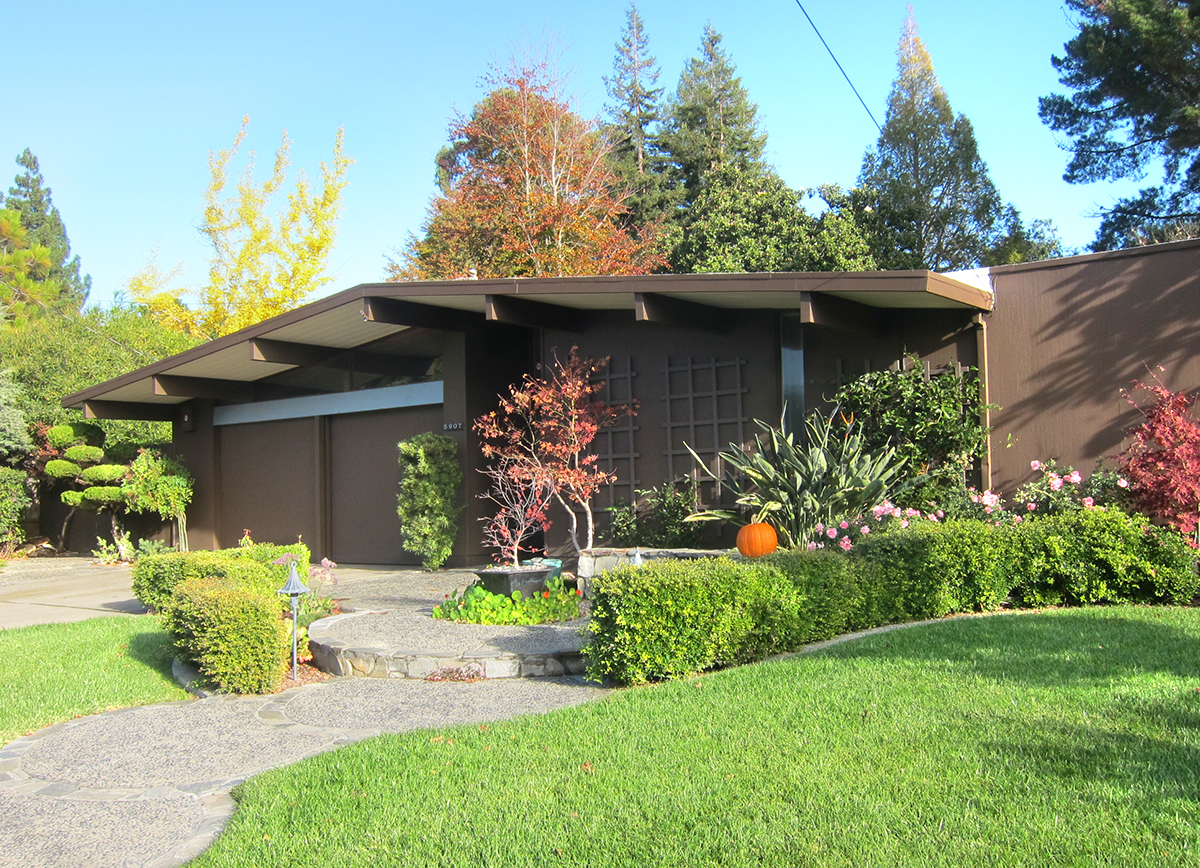 |
Their layout, far from civic centers, served to imprison women and render them weak, leaving them open to blandishments of advertisers and dominance by their husbands.
Sabine, who moved to the United States in 2007 (she had earlier lived iin Boston for a few years) and to Eichler’s Greenridge tract in the East Bay town of Castro Valley in 2013, quickly became part of the active community, meeting many neighbors, including original owners who had been there from the early 1960s.
“I’m 55, so I was not around [back in the ‘60s],” Sabine said. “But I’ve met women here, I’ve met some extraordinary women in their intellect and their world view, and I can only imagine what kind of firebrands they were when they were young.
“They weren’t women who would just go from the kitchen to greet their husbands when they came home and [go] to Tupperware parties.”
“They were attracted to the modern architecture and had a modern mindset. The architecture attracted that kind of person. It was the style of the houses, and the people it attracted.”
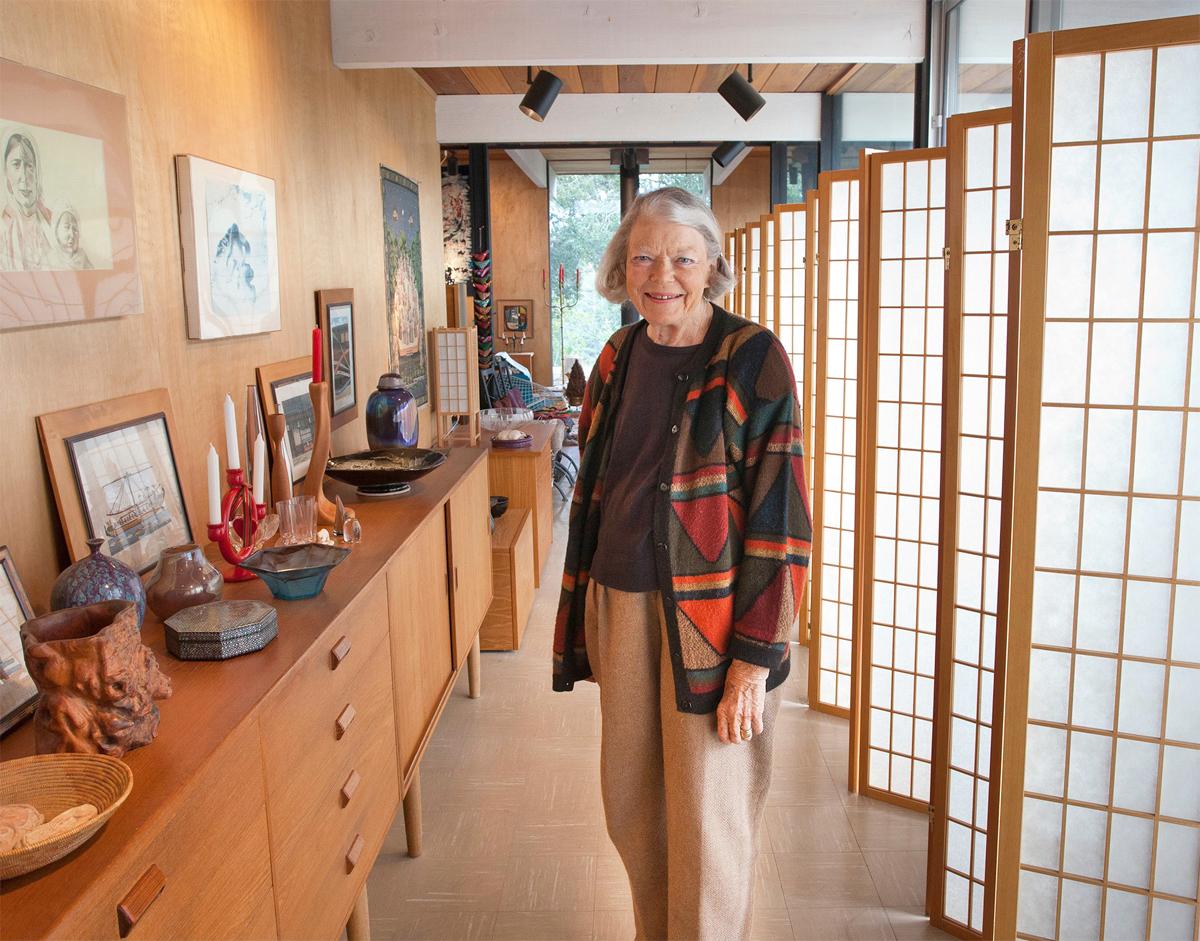 |
She adds, “All of these women I spoke to – I consider myself fairly educated and up to date –they would make me feel like a schoolgirl. They could talk about anything.”
Among the women Sabine mentions are Doris McKim, an original owner who has since died. “Her house was filled with books and souvenirs from worldwide travels with her husband. You would look at a rug. ‘Oh yeah, we got that from the Mongolian tribe in 19-whatever.’”
McKim, who was interviewed back in 2010 for a profile of Greenridge, taught art, art history, comparative cultures, and music appreciation; her husband taught music. Together they shared an active cultural life.
It was Doris, who first learned about Eichler homes as a high school girl studying architecture, who steered the family into an Eichler. Rather than being imprisoned in a home designed as a trap, she called Joe before grading even started on the subdivision.
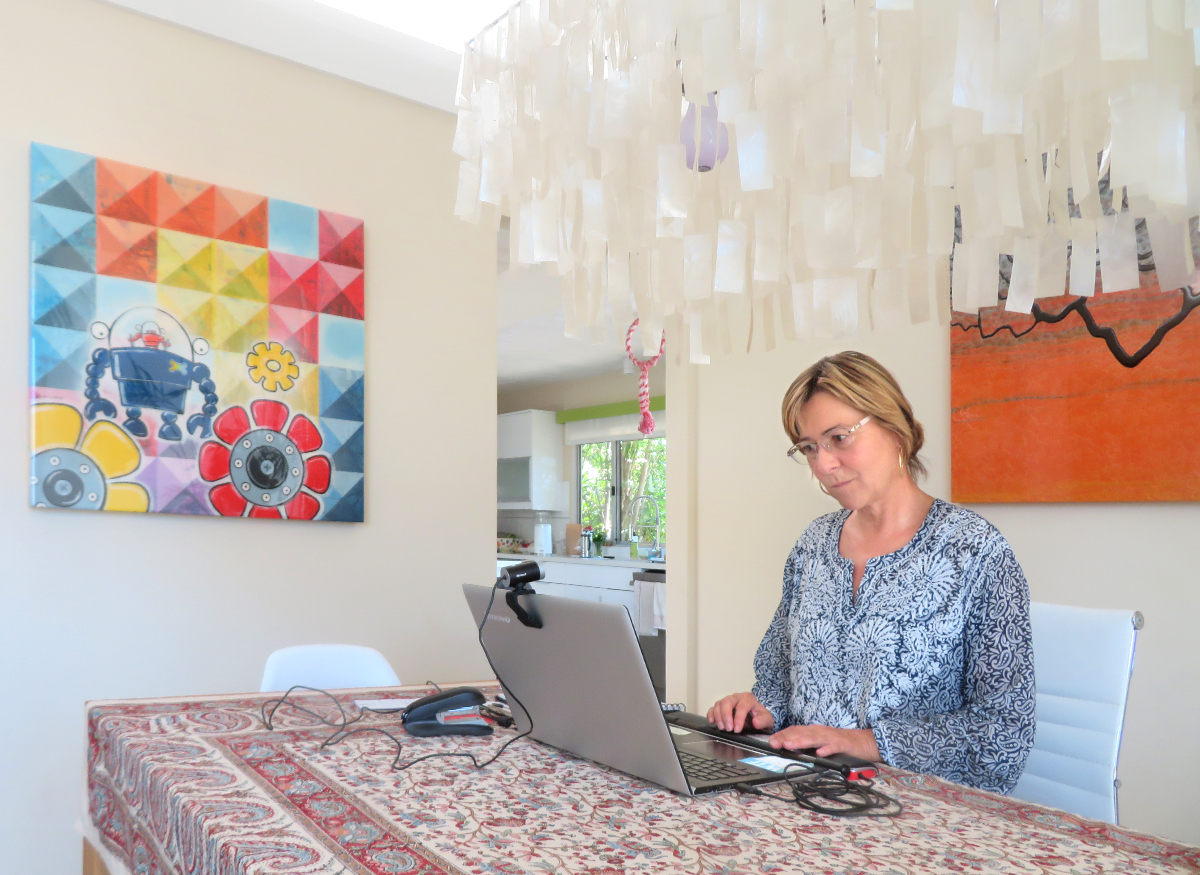 |
“C’mon, and we’ll climb the hill, and you can choose your lot,” Joe told her. She chose a lot that would receive morning light. She also told Joe not to stain the ceiling – she wanted to see the natural wood.
Another woman who impressed Sabine was Joellen Oslund, who grew up in Greenridge and went on to become the U.S. Navy’s fourth pilot, and its first female naval helicopter pilot. She was also a plaintiff in the suit that ended a law banning women from serving on Navy ships.
One original resident whom Sabine never met would be another example of a strong woman. Yvonne Daniel, a Black woman, was involved with the Black Panthers’ free food program through her church, and tried forming a Women for Social Justic group in the neighborhood.
Sabine understands why Georg Meck might be down on American suburbia. It’s a common view in her home country.
“They see [American suburbia] as it is portrayed in movies and the media. It’s portrayed as something wholesome, almost in a caricature way – the wife waiting at the front door for her husband. When you heard ‘suburbia,’ you think houses all looking the same in little rows and no trees between them.
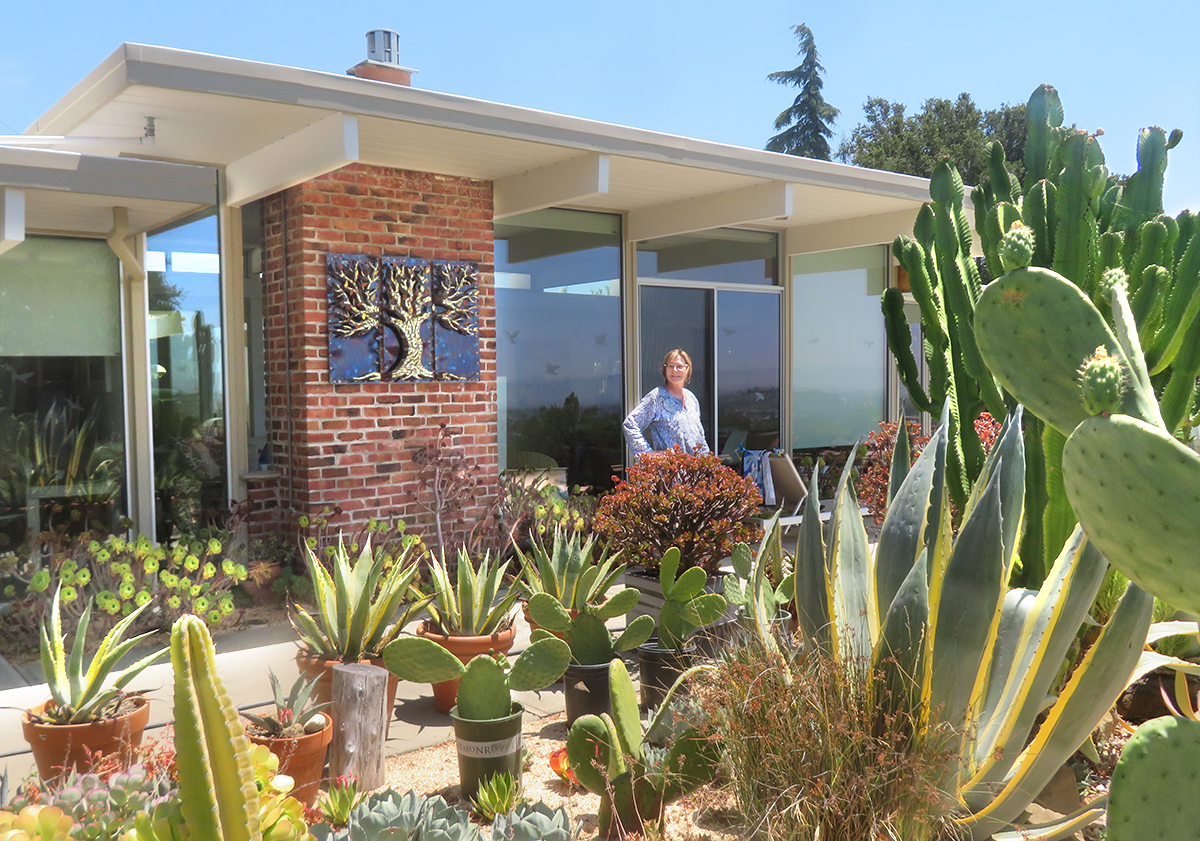 |
“Suburbia is very different in Germany. There are not areas of hundreds of houses built far from towns. In Germany the suburbs grow out, expand from existing cities. You have that connection to the city.”
Sabine did get in touch with Georg – who has relocated to Sao Paulo. It went well. “Thank you very much for bringing Sabine and me together,” Georg emailed Eichler Network."Last night, we had an interesting, enriching, long-lasting, and inspiring conversation for about three hours.”
“As I mentioned to Dave,” Georg told Sabine, “I’ve been to California a few times but never visited an Eichler community, and the result of my paper is more the view of an ‘outsider.’”
Can living in a remote suburban tract “make people prisoners?” Sabine asked. “It depends on their mobility.” It helps “if women have cars.”
“But you can also be in prison because of your mindset,” she added. “It’s not suburbia imprisoning women. It’s their mindset.”
- ‹ previous
- 240 of 677
- next ›



